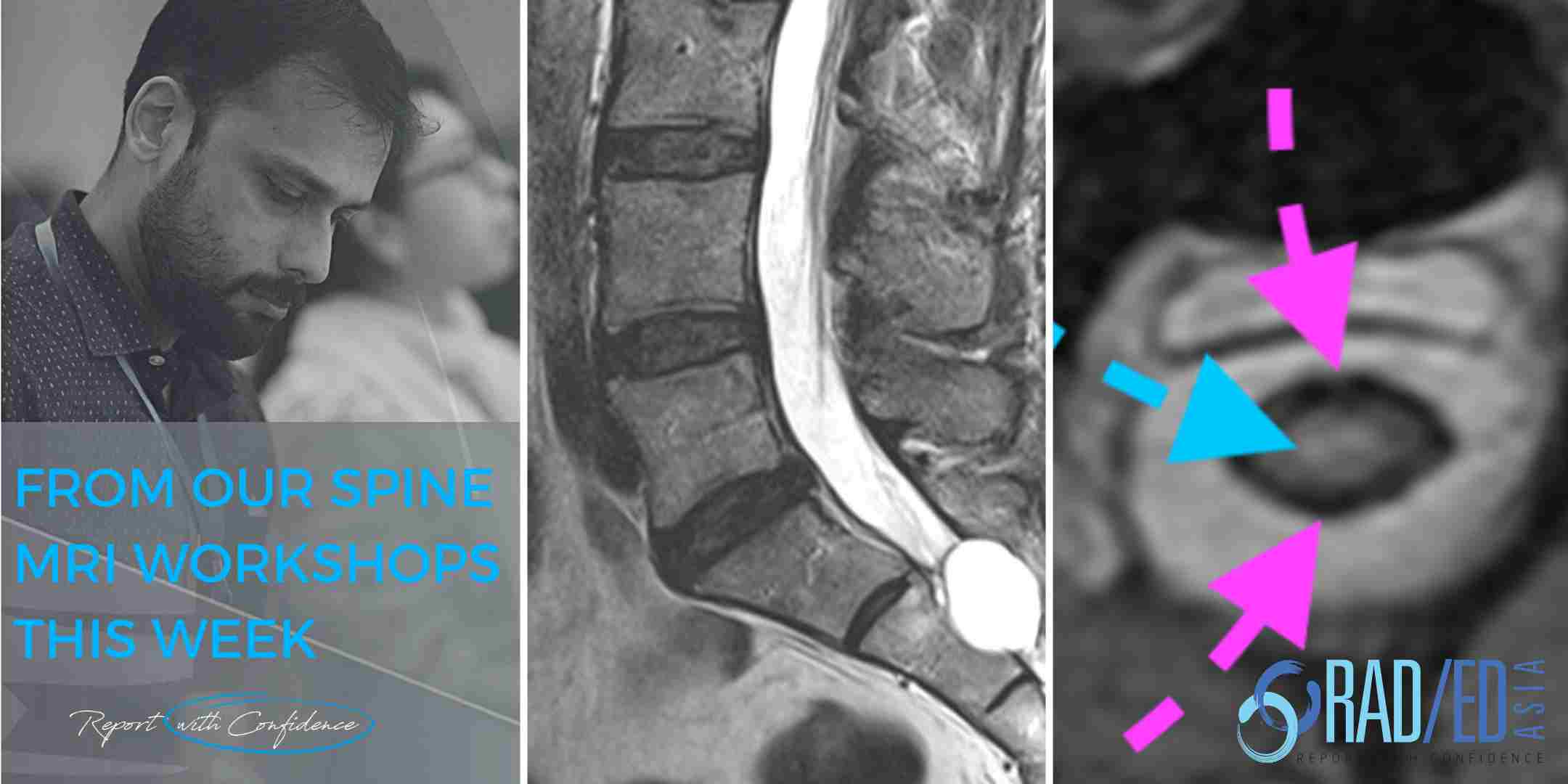MRI TENDONS: How do tendons respond to injury?
MRI TENDONS : MSK MRI requires you need to have a good understanding of radiological anatomy, but one of the best things about MSK MRI is that the response to injury is similar if not the same in most joints. So often you can learn the response in one area and apply it to every other joint. So what’s the response to injury seen in MRI Tendons?
It’s pretty limited.
The options are to gather some fluid, become small, big, bright, really bright or just disappear.
Start with knowing the Normal MRI of Tendons.
MRI Tenosynovitis: Fluid in the tendon sheath A minor amount of fluid in the tendon sheath such as in the normal example at the beginning, is alright. However an increased amount of fluid (blue arrow) indicates inflammatory changes of the tendon sheath. The tendon itself may be normal. In the example above, the Tibialis Posterior tendon (anterior most tendon) is moderately enlarged.
MRI Tendinosis: Increase in Tendon size and or Increase in Tendon Signal. Significantly increase in size of the Tibialis Posterior tendon (blue arrow). There is also mild increased intermediate signal in the tendon but the signal is not the same as fluid signal, indicating tendinosis rather than a tear. Note significant tenosynovitis.
MRI Complete Tendon Tear : There is complete loss of tendon fibres and the area is filled with fluid. In the shoulder above the pink arrow indicates the tear filled with fluid. The orange arrow indicates tendinosis which is of a less bright signal. Complete rupture of the biceps tendon with an empty tendon sheath (Blue arrow).
If your Browser is blocking the video, Please view it on our YouTube Channel HERE.
Learn more about MRI Imaging in our ONLINE or ONSITE
Guided MRI Mini-Fellowships.
More by clicking on the images below.
#radiology #radedasia #radiologist #radiologia #mri #mskmri #spinemri #msk #mskrad #mskradiology #imaging #frcr #sportsmed #radiologyresident #foamrad #ortho #ct #radiologystudent #trauma #radedasia #radiologycme #radiologyeducation #radiologycases #rheumatology #arthritis #painphysician #physiotherapy #spondyloarthropathies #chiropractic
#radedasia #mri #mskmri #radiología













